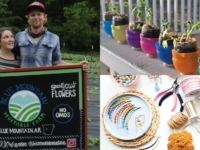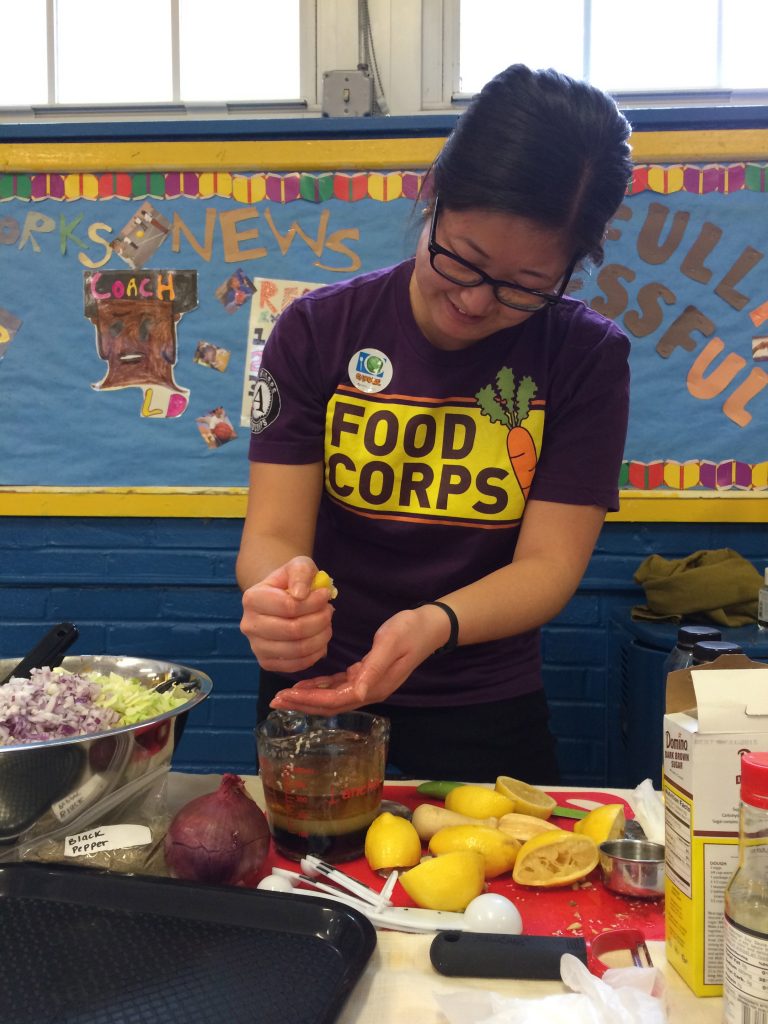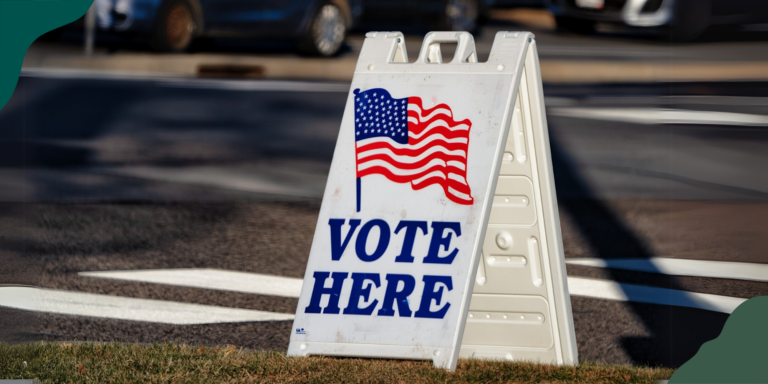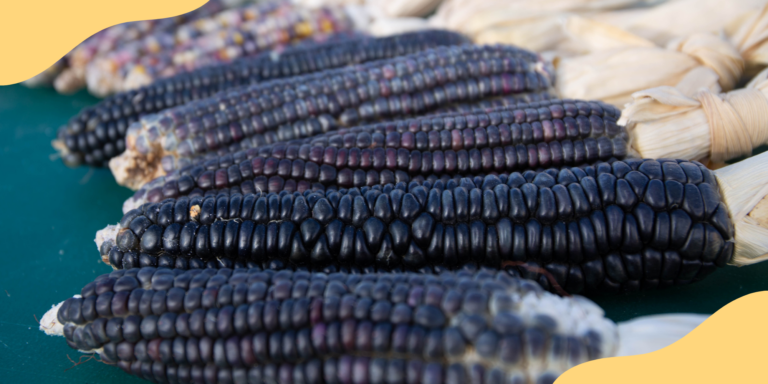I serve at Kimball Elementary School in DC. At school, I often hear teachers discussing how to help their students achieve more. Every day they are nurturing their students’ progress. This progress is measured informally with classroom discussions and formally with homework assignments and tests. But, as an educator whose “classroom” is sometimes the cafeteria, I am constantly wrestling with how to define progress in Kimball’s cafeteria. A few days ago, I served students tastes of an Asian style cabbage slaw as a part of FoodCorps DC’s Harvest of the Month program. Almost every student tried the slaw, and the majority of students proudly voted that they liked it. But Lea, the Farm to School Director at DC Greens, and I realized that none of the students were eating the green beans that were already on their lunch trays. How much impact can a cafeteria taste test truly have under these circumstances?
Well, I think it can have a huge impact. I’ve come to realize that the goal of a cafeteria taste test isn’t to rapidly change a child’s palate into local vegetable-obsessed. The taste test is also incapable of remedying my students’ chronic lack of access to fresh, local fruits and vegetables. Rather, I hope my taste tests are opportunities for my students to start somewhere – somewhere where food choice is not a moral indicator or a metric of anything, but merely a time when a student feels empowered to try something new. While I would love to keep “progress” in its neatly defined box of “increased fruit and vegetable consumption at lunch,” I realize that it has to take a more inclusive shape in my particular cafeteria. Progress might have to start somewhere unconventional, like hearing students say they really don’t prefer my cabbage slaw – an opinion they might not usually get to express.






